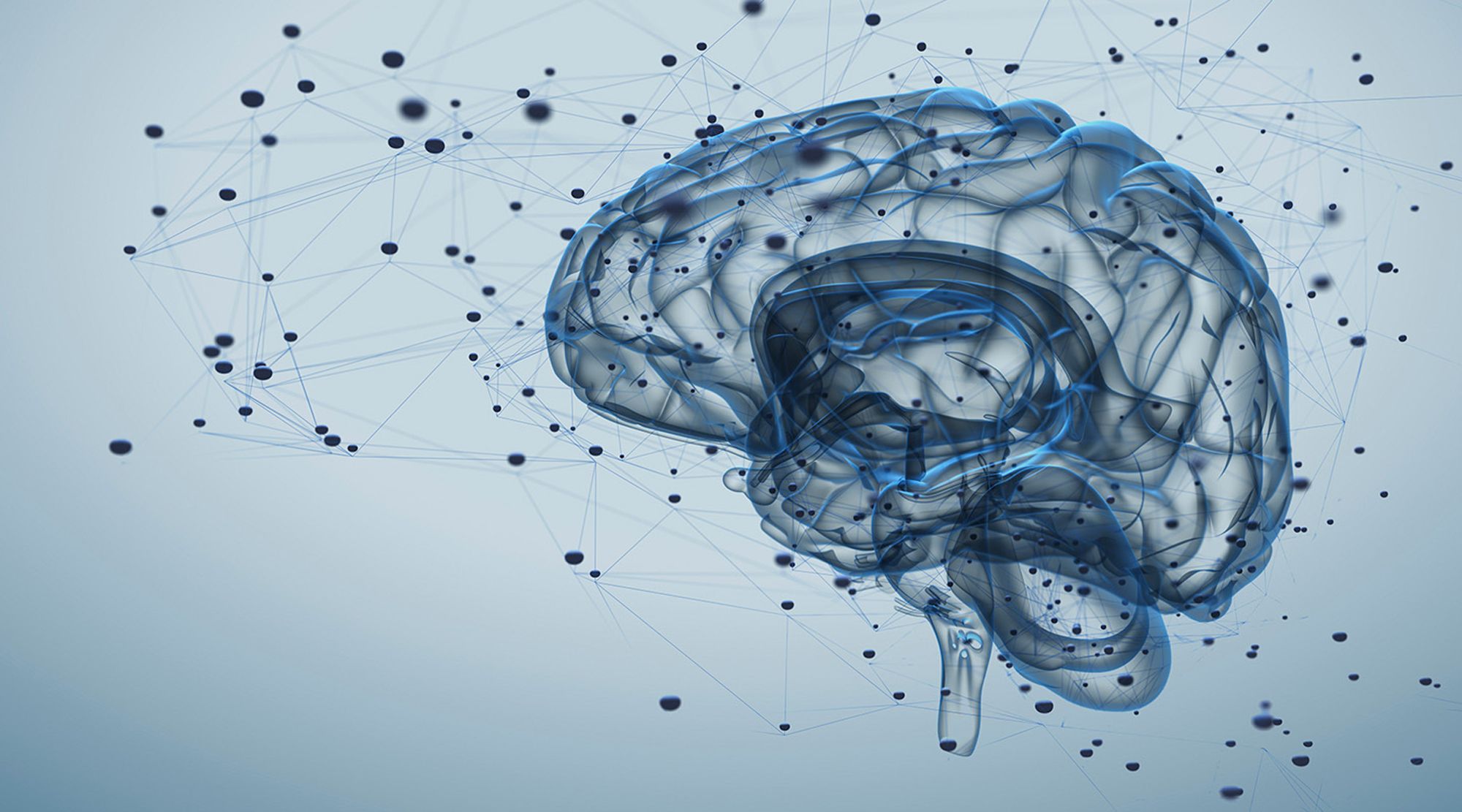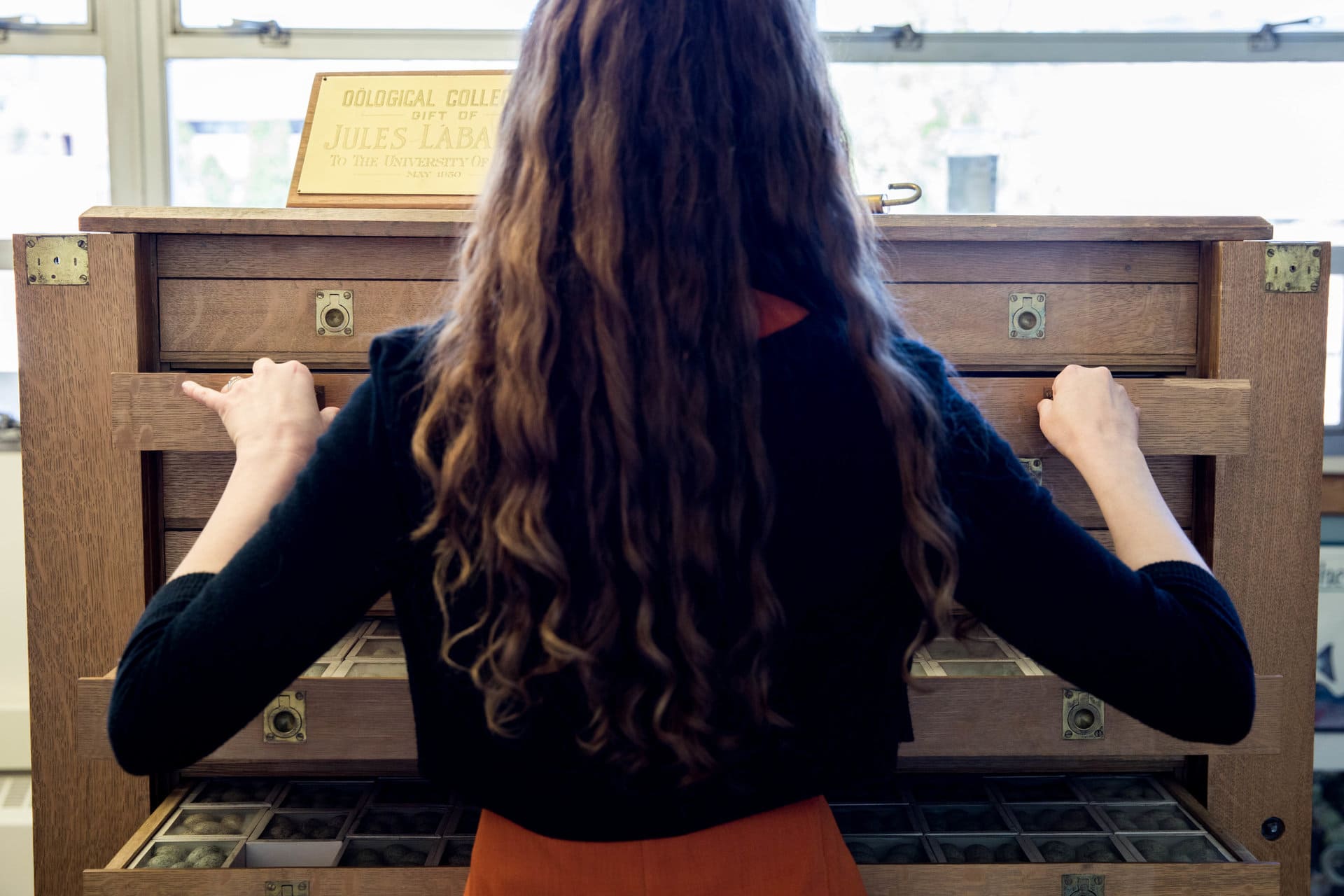NevadaToday
Tomorrow Land Engineering a smarter, sustainable future
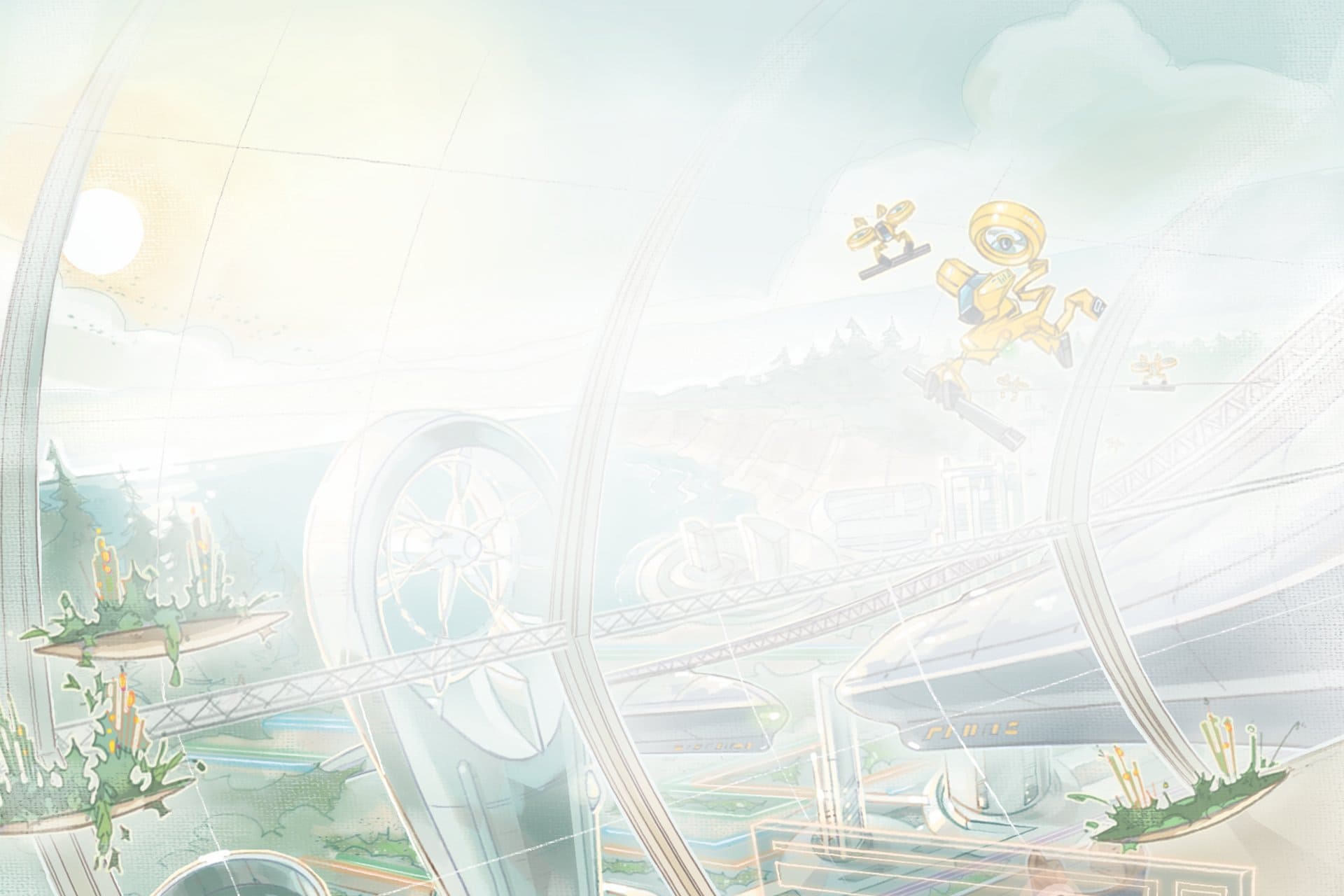
Tomorrow Land
A little over a century ago, a transportation revolution changed the landscape of communities across the United States. When the automobile hit the road, the gap between rural America and its dense, urban centers shrank. People were able to travel further, faster, and an entire new infrastructure sprung up around the car. Gas stations, parking lots and drive-ins dotted a growing highway system, linking communities that were increasingly suburban.
Today, we stand poised on the brink of another revolution
Like any revolutionary technology, the automobile changed more than just the way we travel. It changed the fabric of our society. Today, we stand poised on the brink of another revolution, one that promises to be no less transformative for both our transportation and ourselves. Economic and cultural changes like the rise of the sharing economy, coupled with the imperative of sustainable design, require rethinking how we design communities. At the same time, advances in communication infrastructure and data gathering can make our communities smarter in nearly every way imaginable.
Smarter Design
"In the future, the vision for how we design our communities is to curb outward growth and instead develop more centrally located, higher density, mixed-use communities," says Keri Ryan, associate professor of civil and environmental engineering. "This will reduce the need for people to drive everywhere and spend so much of their lives and their resources on getting around."
Transportation regularly emerges as a focal point in discussions about how to design sustainable communities. This is because choices about transportation have a ripple effect on all kinds of other urban design choices, including perennial pain points such as parking and traffic congestion. But reversing decades of design and development based around the car is easier said than done.
We have to have policy on our side. Transportation planners need to share the vision.
"The challenge in civil infrastructure more than any other field is that a lot of decisions that we make are controlled by policy and the government," Ryan explains. "
Here in Reno, the three-year-long project to redesign the Virginia Street Corridor featured a central trade-off between car-centric development, with ample traffic lanes and street parking, and pedestrian- and bike-friendly development, with wide sidewalks, lush landscaping to provide shade during Nevada's hot summers and lanes for bikers. After significant debate, the final design includes wider sidewalks and landscaping for pedestrians but street parking will stay at the expense of a dedicated bike lane – a nod to the continued dominance of the car. At least for now.
A real futuristic vision is in 10 to 20 years we evolve into a community that relies on sared, autonomous vehicles.
"I think the need for having your own personal vehicle is diminishing," says Ryan " A real futuristic vision is in 10 to 20 years we evolve into a community that relies on shared, autonomous vehicles. If we live in self-contained communities, we've reduced our personal transportation needs dramatically. We'll have less need to get around, and when we do, we call on the ride share service. If everyone is doing it, we can get away from single car, single person to autonomous vanpools, maybe autonomous busses."
Smarter pavement design with recycled materials
Research by engineers in the pavements engineering and science program is focused on developing sustainable approaches to pavement design. Annually, the U.S. produces 300 million used tires and 140 million pounds of waste from old asphalt. Research in the College's Western Regional Superpave Center focuses on combining those old tires and asphalt into new engineering asphalt mix to be produced and constructed at significantly lower temperatures, reducing emissions and leading to a healthier environment.
But autonomous vehicles won't instantly replace human drivers. Instead, the next few decades will be characterized by mixed traffic, where vehicles equipped with some autonomous technology share the road with human drivers.
While it might seem like a good thing for a human driver to be able to grab the wheel, this transition phase is actually the most challenging for engineers. Asking robots to share the roads with humans takes away one of their biggest advantages when it comes to safe driving: global knowledge. Robotic cars are completely predictable to one another. They know where every other vehicle in the system is at all times. Human drivers, on the other hand, are anything but completely predictable.
That is why Hao Xu is focused on developing technologies for the intervening decade (or two or three) where humans and robots share the road. Using lidar sensors, he's developing a system to get the benefits of global knowledge before global adoption.
Xu's technology focuses on connected vehicles. While driverless cars have captured most of the public's attention in terms of futuristic driving technology, connected vehicles are quietly capturing the attention of federal and state departments of transportation.
Vehicles talk with each other and also communicate with traffic signal controllers sodrivers can know what is happening beyond their line of sight
"Connected vehicles are really a hot topic for the U.S. Department of Transportation and Department of Energy right now," says Xu, an assistant professor of civil and environmental engineering. "Basically the idea is to have"
Xu and his team are implementing lidar sensors at intersections up and down a mile-long stretch of Virginia Street, running from the University of Nevada, Reno through the city's downtown and midtown districts. The sensors gather information about cars, animals and pedestrians approaching the intersections and send that information to a device in a connected vehicle. Even without every car on the road being connected, the sensors allow connected drivers to know what other vehicles are doing.
"This really is a new direction for how the government can build a real, smart city," says Xu. "When the government puts money into this infrastructure, the public will immediately benefit from that. I think in 10 years, we will see sensor-based arterial roads around Reno."
Sensor-based roads serve both connected vehicles with a human driver and autonomous vehicles that are connected to the grid. The sensors also send information back to the system, which can be used for a number of applications: adaptive signal timing, automatically triggered lights when pedestrians are approaching a crosswalk or automated warnings when wildlife or livestock are approaching roads in rural areas.
"Right now pedestrian safety is a really big concern for Nevada," says Xu. "I believe this technology can make a big difference."
Smarter Materials
Smarter cities are safer cities in many ways. Civil engineers at the University of Nevada, Reno are leading the push to design resilient infrastructure in a way that not only minimizes loss of life during extreme events – the current minimum standard – but also limits damage and preserves functionality.
"This is a tough issue because the economic viability of designing resilient communities is often questioned," says Ryan. "The problem is that very large earthquakes are rather infrequent, so the overwhelming philosophy has been to design for life safety and controlled damage. We want to prevent collapse and preserve life safety, but it's been considered much cheaper to tolerate some damage."
So engineers are turning to innovative building materials to achieve low damage without radically changing building methods.
A leading contender at the moment is engineered cementious composite, or ECC, which uses polyvinyl fibers to reinforce the concrete, allowing it to sustain loads without apparent damage, leading to its nickname of bendable concrete.
"We're looking at methods now that can achieve low damage without conceptually changing the way structures are designed and built, just using different materials," says Ryan. "So for the contractor it's not much of a change, and the smart materials limit the damage and can help to recenter a structural element after the shaking. We can make a lot of improvements by continuing to go down this road. We're making a lot of progress."
Smart metal technology debuts in Seattle bridge
Research by engineers in the An earthquake-proof bridge may sound futuristic, but one was recently completed in downtown Seattle. Drawing on the innovative work of Professor of Civil and Engineering Saiid Saiidi, the University partnered with the Washington Department of Transportation and the Federal Highway Administration to build a bridge using smart materials that bend but do not break under earthquake forces.
"We have solved the problem of survivability. We can keep a bridge useable after a strong earthquake," Saiid Saiidi said. "With these techniques and materials, we will usher in a new era of super earthquake-resilient structures."
Smarter Energy
"The coal that we get, if you go back to basics, it's wood that has been fossilized, which grew some eons ago as plants," says Ravi Subramanian, an associate professor of chemical and materials engineering. "It's stored solar energy. So I think solar has been a part and parcel of our life in one way or the other."
Subramanian's research focuses on identifying sustainable materials, some of which are sourced from plants, that can be used for both energy conversion and energy storage. But Subramanian believes that the biggest obstacle to increasing use of solar energy isn't technological. It's cultural.
Making that cultural change will involve prioritizing sustainability over convenience
Making that cultural change will involve prioritizing sustainability over convenience, at least in the near term. For example, Subramanian envisions a network of solar-powered charging stations for electric vehicles using a technology that is able to charge the vehicle battery in minutes, a fraction of the current charging time of six to eight hours. With that technology, which Subramanian acknowledges is a ways away, electric vehicles become viable options for long-distance driving.
"We are not there yet, but that will really be a game changer because now as an end-user I have a choice," says Subramanian. "Do I want to go and put fossil fuel into my car – I'm spending 2 minutes to do that – or should I take the solar energy to charge my car in maybe 15 minutes, maybe half an hour, but by making that choice I'm being responsible for the future generation.
"It's not enough to look at solar as just something for energy generation. It's a cultural change. It's a philosophical change."
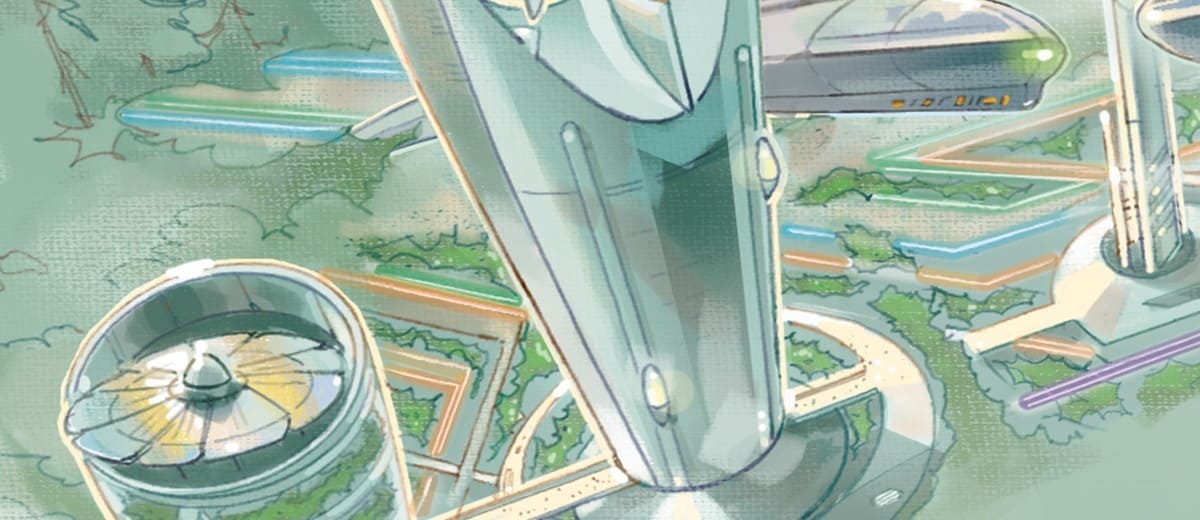
Subramanian believes solar will continue its trajectory of growth over the next 10 years, thanks largely to advanced photovoltaic technology improving the efficiency of solar energy and policy that encourages its adoption.
I think it is going to be a sizable part of the renewable portfolio, perhaps the highest part of the renewable portfolio
"We are looking at a very small, miniscule percentage of overall power that solar energy is able to provide, but if you see solar energy's growth as a subset of itself, it has been by quantum leaps," says Subramanian. "The way it is going, I think it is going to be a sizable part of the renewable portfolio, perhaps the highest part of the renewable portfolio."
But for solar energy to capture a more significant market share, the energy grid will also need to get smarter.
Smarter Grid
Our existing energy grid was designed to be very good at one thing: delivering reliable energy to consumers across the U.S. Ensuring there was always enough electricity available to handle the peak demand – think about a hot summer evening when a city's worth of workers returns home, fires up the air conditioning and heats up dinner – incentivized developing centralized, bulk capacity.
Today, society is asking far more from the energy grid. Improving battery technology enables more energy storage, helping with the integration of intermittent energy sources like solar and wind. Climate- and cost-conscious consumers are installing rooftop solar panels, generating their own electricity and sending some of it back to the grid. The rising prominence of electric cars portends large numbers of batteries drawing power from the grid.
All told, these demands add up to the need for a far more responsive energy grid, one that makes use of big data and advanced sensing technology to deliver environmentally friendly, reliable and cost-effective energy to consumers.
"Things have changed," explains Hanif Livani, assistant professor of electrical and biomedical engineering. "From a technical perspective we are going to see more energy storage being integrated. We are going to see more electric vehicles being integrated. When we have an active distribution level, we need to invest more in monitoring and better control of that."
Already, sensors across the grid are helping researchers and utilities more finely monitor supply and demand. Smart meters, which have been installed in about 65 million homes and businesses around the U.S., are one example of this, providing high-resolution data to utility companies about consumer demand for energy. In the future, the amount of available data could grow by a factor of up to 1,000, Livani says.
Corralling that data into advanced monitoring and control algorithms that enable better coordination between distributed energy resources and centrally controlled bulk generators is one focus of Livani's research.
"There will be more advanced monitoring devices and sensors which may convey up to 1,000 times more information than we have today," says Livani. "We need to interpret those data in a meaningful way so that system operators can extract useful information, whether it is about the customer's behavior or technical difficulties from the grid."
For engineers, the next set of challenges involves building out a communications infrastructure that can handle the volume of information a truly smart grid will produce.
"One of the main aspects of smart grid implementation is to integrate information and communication technologies into our existing grid in order to achieve these benefits," says Livani. "That is going to create two separate issues. One is how to handle big data when we are talking about more data, more precise measurement devices. The other one is cybersecurity. More devices are connected to the utility grid, so that makes it more vulnerable to cyberattacks. Making the system secure is one of the big challenges which really needs to be addressed."
Sustainable Materials for Clean Energy
Security is an issue for the physical materials that power sustainable development as well. Nearly all of the most promising technologies for clean energy – from batteries to thin film photovoltaics to wind turbines – use materials designated by the Department of Energy as critical. Although not necessarily rare, these materials are often mined outside the U.S., putting their supply at risk of economic or political disruption.
I think materials recycling will be a huge issue in the next 10 years
"All our electronics depend on them, and all renewable energy materials depend on them, and we are not mining them right now," says Dev Chidambaram, Director of the Nevada Institute for Sustainability. "So we need a good plan to recycle them or to replace them with something that is cheaper and easily available. I think materials recycling will be a huge issue in the next 10 years."
The current economic landscape hasn't incentivized materials recycling – mining new materials is cheaper than investing in developing technology to recycle them – but Chidambaram sees that changing, especially when it comes to lithium ion batteries. Their increasing use, particularly in electric vehicles, will result in a large proliferation of old batteries.
"As our population grows, we are going to be mining more and more metals, at some point it's not going to be efficient to dump them," Chidambaram says. "It will be more efficient to reprocess them and get them back into the supply chain. A company like Tesla, which makes only one kind of battery, makes it viable to have a recycling plant for that particular kind of chemistry. They can do it at scale."
New Materials for Nuclear Power Plants
Scaling up battery technology is also a prerequisite for large-scale incorporation of renewable energy sources into the power mix, and at the moment, that technology is still in its early stages. Reducing our reliance on carbon-based fuels requires continuing to invest in nuclear power.
"We are not going to go away from nuclear for another 50 years or so, in my opinion," Chidambaram says. "If anything, in the world as a whole it's going to grow. I think molten salt-based reactors will become a reality. Presently, there's a lot of interest in the U.S. in building nuclear reactors based on molten salt. They are very efficient reactors."
But the laws of physics are clear: Building more efficient reactors requires operating them at higher temperatures.
"The only bottleneck, the Achilles Heel for that, is materials reliability, because things that work well at 300 degrees may not work as well at 650 degrees Celsius," says Chidambaram. "Colloquially speaking, metals and alloys start to become soft, sometimes they start to fail, so the materials challenges are a huge issue of all these reactors."
Chidambaram's lab is investigating potential materials and new alloys for these reactors. By first pinpointing the failure mechanisms in potential materials, Chidambaram's group is working to identify materials with the potential to survive the 60 years of ultra-high heat they will be subjected to inside a nuclear reactor.
Chidambaram is also collaborating with Argonne National Laboratory on a way to reprocess used nuclear fuel, which Chidambaram believes is among the most pressing issues related to material reuse and recycling.
"Long-term storage at Yucca Mountain will not solve our problem," says Chidambaram. "Its capacity is 77,000 tons, and we already have close to that amount and are generating more at the rate of about 2 tons per year."
But more than 95 percent of used nuclear fuel consists of uranium, which can be reprocessed, leaving behind a very small amount of material that needs to be stored and allowing engineers to extract 100 times more energy from the original uranium ore than currently obtained in commercial reactors.
"I am very happy to be collaborating with Argonne on addressing specific materials reliability and accountability issues," says Chidambaram.
Looking Toward a Smarter Future
These are all engineering problems. I think the outlook for engineers is very bright
These are all engineering problems. I think the outlook for engineers is very bright," says Chidambaram. "If I can tell one thing to students, it is: Go into engineering, and you will probably have the best guarantee of a future."
Technology continues to progress at breakneck speed. While individual solutions, discoveries and inventions can sometimes seem insignificant when taken in isolation, all of them together have stunning momentum. Thanks to forward-thinking researchers, designers, educators and engineers around the world, the world of tomorrow is right around the corner.
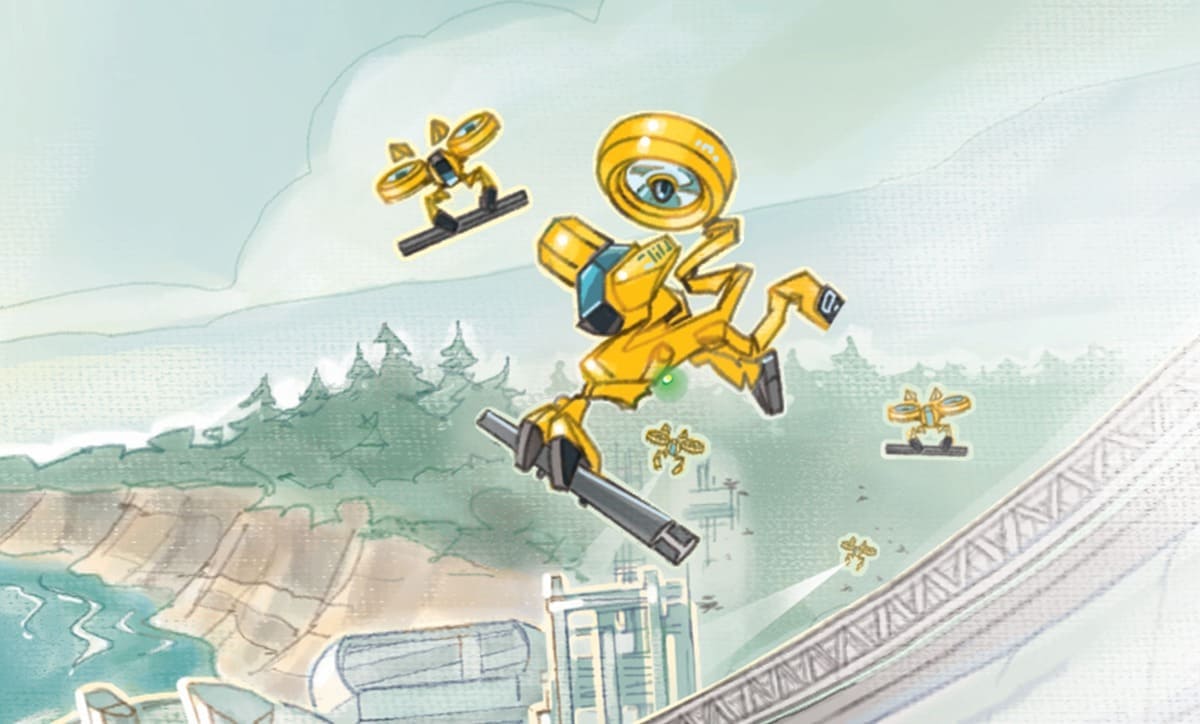
What to Expect in 20 Years
A personal revolution in big data
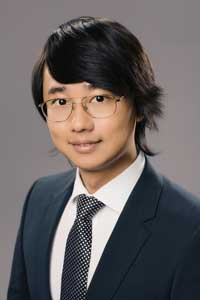
Data will be collected almost everywhere and will be used to drive almost everything around us. The data revolution and AI revolution will be interconnected and powered by significantly improved computing power. At a large scale, big data technologies will help solve big, open problems like cancer, national security and climate change. More importantly, big data will also happen at a personal scale. You will have your own big data containing information about almost all aspects of your life. For example, health data will be used for real-time monitoring of health to prevent disease and enable in-time treatment to significantly expand our lifetime. AI applications will be powered by personal big data to make most daily decisions for you so that you can be freed from non-creative thinking tasks and enjoy significantly more time for creativity and entertainment. Even after you die, your personal big data can continue your "life" as all your information is captured there - it can talk like you and act like you.
Feng Yan, assistant professor, computer science & engineering
Securing the Internet of Things
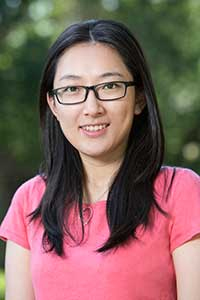
In the future, we will be in an era with advances in artificial intelligence and billions of Internet of Things (IoT) devices. With neural interfaces, cyber criminals will be able to feed false data directly into someone's brain, and people need to be trained to recognize this and not act on it. IoT devices will be smart enough to provide limited AI functions, but those again are suspect and could easily be hacked. Cyber criminals will create fully autonomous, AI-based attacks that will operate completely independently, adapt, make decisions on their own and more. Meanwhile, the availability of low-cost computing and storage, off-the-shelf machine learning algorithms, AI code, and open AI platforms will drive increased AI use by cyber defenders to defend and protect IoT devices and systems. Humans will simply supervise the process.
Ming Li, assistant professor, computer science & engineering
A new norm in structural engineering
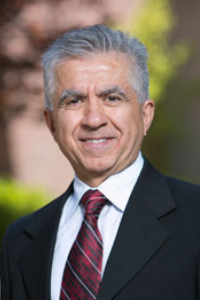
Evolutions need not be incremental. They can be transformative, but only if engineers are willing to question the accepted norm. In structural engineering, the norm has been to accept substantial damage under extreme conditions such as earthquakes, fire, high wind and the like. But of course, substantial damage renders structures useless. Engineers have accepted this because that's how conventional construction materials such as steel and concrete behave. Over the next decade, I believe structural engineers will embrace advanced materials to challenge this norm. Intelligent, surgical and cost-effective adoption of advanced materials, such as shape memory alloys, fiber-reinforced composites, rubber and high-performance cementitious mixes, will become a new trend in structural engineering, bringing superior outcomes that make structural engineering more multidisciplinary than it has ever been.
Saiid Saiidi, professor, civil & environmental engineering
Addressing water quality & quantity issues
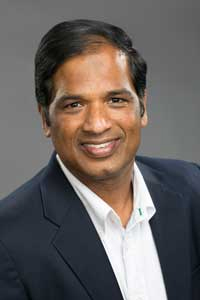
The economic, social and environmental well-being of human and natural ecosystems is intricately linked to clean water and its availability in needed quantities over time. Safe and reliable drinking water is still a challenge and an unfulfilled promise in many parts of the world. With the increase in frequency of extreme weather patterns, addressing flooding and prolonged droughts is another challenge to be focused on worldwide. Increasing water efficiency, reclamation and reuse of water, and establishing water-economy nexus are critical for the resiliency of a region or an economy. Water quality for drinking and for ecological needs is paramount, and emerging contaminants from human and agricultural uses pose a threat to public and ecological health. The aging of water infrastructure in developed communities presents an opportunity to replace it with innovative and sustainable water systems, which need to be developed. Finally, understanding the effects of climate change on water systems and developing strategies to mitigate them is needed.
Krishna Pagilla, professor, civil & environmental engineering
The future is virtual

Robots and AI are anticipated to replace the majority of human jobs. When this is combined with some form of universal income, this would give us a lot more free time. What better way to spend all this free time than in virtual reality? Various commercial headsets are already available at a low cost and companies like Facebook, Google and Microsoft are currently spending billions on making advances in this area. Though some headsets can already render realistic graphics, major advances are expected to be made in the next decade in brain-computer interfaces, which would allow us to interact and perceive VR in a way that is nearly indistinguishable from the real world. Beyond entertainment (why watch Game of Thrones when you can play one of the characters in VR?), VR will have applications in areas such as education, sports (play a space football game with hundreds of people at the same time) and health (remote doctor consultations). I predict a future where people will travel far less when VR will become nearly indistinguishable from reality, which could benefit our society significantly through reduced pollution, fewer roads, no traffic jams and healthier environments.
Eelke Folmer, associate professor, computer science & engineering
Cybersecurity in the quantum computer era
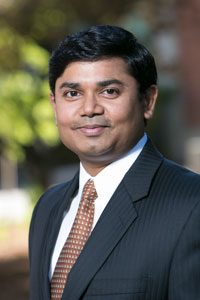
Quantum computing is an attempt to unite quantum mechanics, computing and information science to achieve next-generation computers that promise an exponential speed increase. In legacy computers, information is stored in binary, i.e., a bit can be either a 0 or a 1. In quantum computers, the bits can hold a value of 0 or 1 or both values at the same time. The power of the quantum computer then increases exponentially with the number of qubit states.
But quantum computers threaten the very existence of cybersecurity: cryptography. The strength of cryptography lies in the fact that calculating an encryption key is impractical in finite time due to the complexity of the mathematical calculation. But quantum computers can compute exponentially faster than legacy computers. Even though quantum computers are still not on the market, now is the time for us to recognize the potential danger. Research in post-quantum cryptography is urgent to help secure next-generation cyberspace. The National Institute of Standards and Technology warns that "agencies should be ready to switch to post-quantum encryption by 2025."
Shamik Sengupta, associate professor, computer science & engineering
Real-time autonomous technology
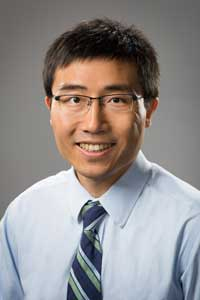
Autonomous systems will play a key role in the next technological revolution. They could significantly help us further explore nature and the universe. They could also profoundly impact our daily life. For instance, with help from intelligent multi-robot systems, we can build extraterrestrial bases before sending humans there. These bases would include the ecosystem to continuously provide the oxygen and food that is critical for supporting basic human life over the long term. Moreover, networked intelligent autonomous cars will significantly change our current transportation systems by optimizing their operations to reduce traffic. Autonomous systems will also be adopted by more and more industries to upgrade existing systems such as manufacturing lines. However, to reap these benefits, a critical challenge is how to effectively develop and implement novel autonomous system technology in real time. Our current research in applicable resilient and intelligent autonomous system technology development specifically addresses this challenge. The developed algorithms can not only demonstrate their effectiveness theoretically but can also be validated through different types of real-time applications.
Hao Xu, assistant professor, electrical & biomedical engineering

